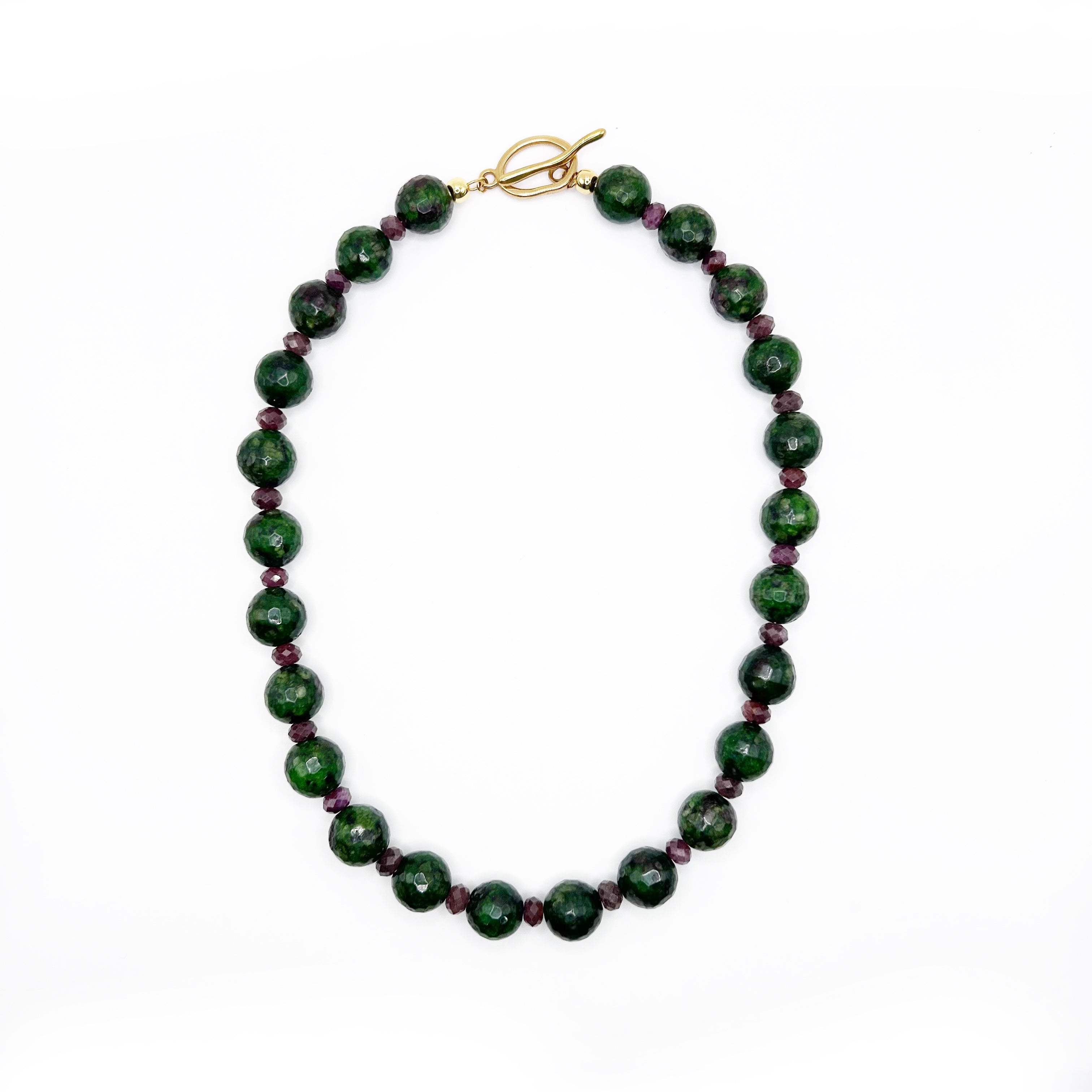Labradorite is named after its location of discovery on the Isle of Paul, near Nain, Labrador, Canada. It was discovered there in 1770 by a Moravian missionary.
Geological Properties
Labradorite is most commonly known for its brilliant flashes of color called labradoressence caused by lamellar twinning inside the crystal. These twin lamellae structures are compatible at high temperatures, but not at low temperatures, resulting in separation and layering as the gemstone is formed. The extra colors you see in labradorite are caused by refracted light traveling at different speeds through the layers and coming out as a different wave length.
Metaphysical Properties
Labradorite is considered a spiritual stone, especially helpful for people who tend to overwork. It helps to regain energy while aiding your body and spirit in healing itself. In the metaphysical world, labradorite is considered one of the most powerful protectors. The gemstone creates a shield for auras and protects against negativity of the world and within ourselves. Labradorite is known for its changing colors, so it is no surprise this gemstone is known as a stone of transformation, enhancing strength of will and inner worth. The gemstone labradorite is said to stimulate the throat chakra.
Proper Care
When cleaning labradorite, the best method is to use gentle soap and water with an untreated cloth. It is not recommended to use ultrasonic, steam or boiling methods to clean labradorite. Store labradorite in a soft cloth to avoid surface scratches caused by harder materials.
Shop all Labradorite
Sources: Firemountaingems.com; Geology.com



